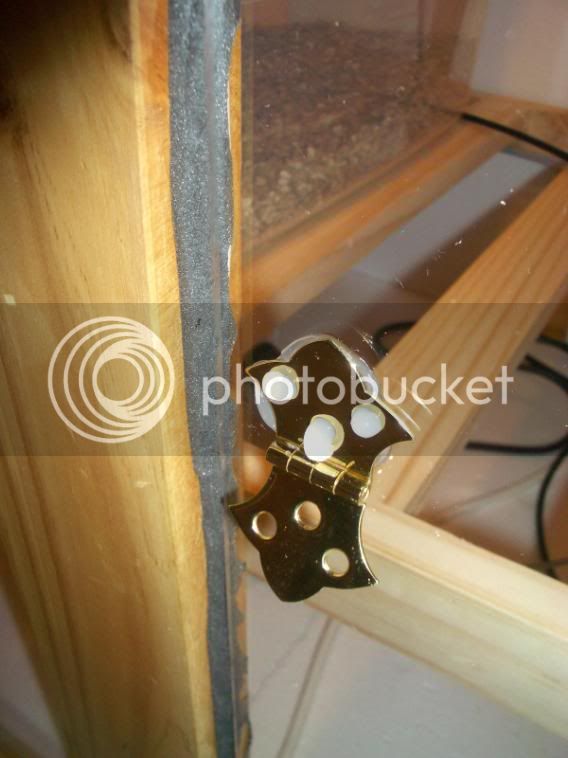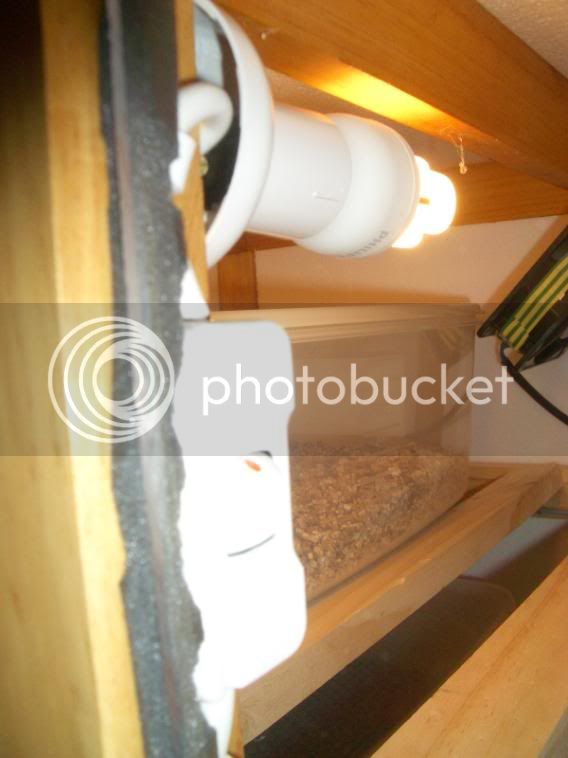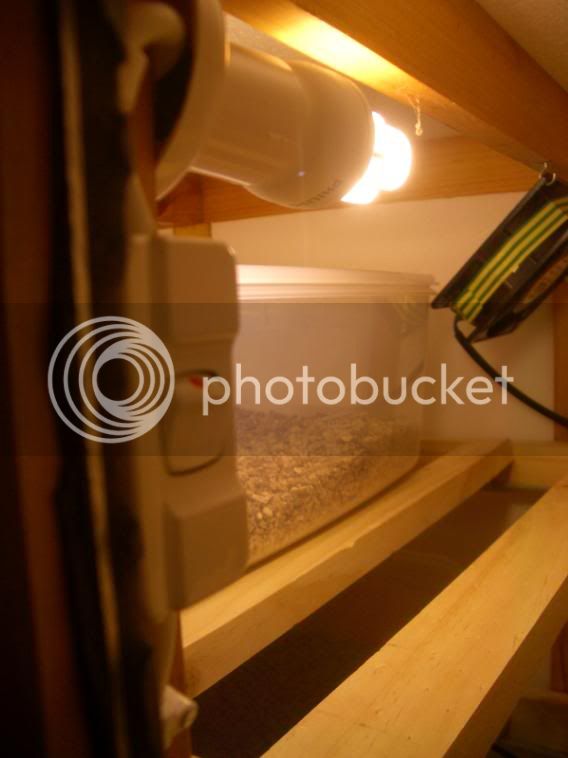Rossagon
Well-Known Member
G'day guys.
I haven't posted on here for a while as I have been busy with travelling and setting up a few new things. One of these things just happened by accident. To sum it up, one of my fishtanks decided to burst and was henceforth no good for holding fish. So I decided to turn it into a vivarium with the bottom cabinet turned into an incubator.
I thought I would document it so if anybody else wanted to steal some ideas they could. Well here goes.
Equipment needed-
1 broken fish tank ( silicon got a bit old, so new silicon to seal everything up)
1 tank cabinet in good order
9 metres of heat cord
1 habistat dimming thermostat
1 dick smith 240 volt cooling fan (12cm)
1 light switch, with 2 batton holders with energy saving bulbs
4 sheets of polystyrene insulation
however much wood you need to build frame
3 sheets of acrylic
numerous brackets, hinges, and screws.
and of course the usual tools, drill, screwdriver, level, etc.
First off the cabinet.
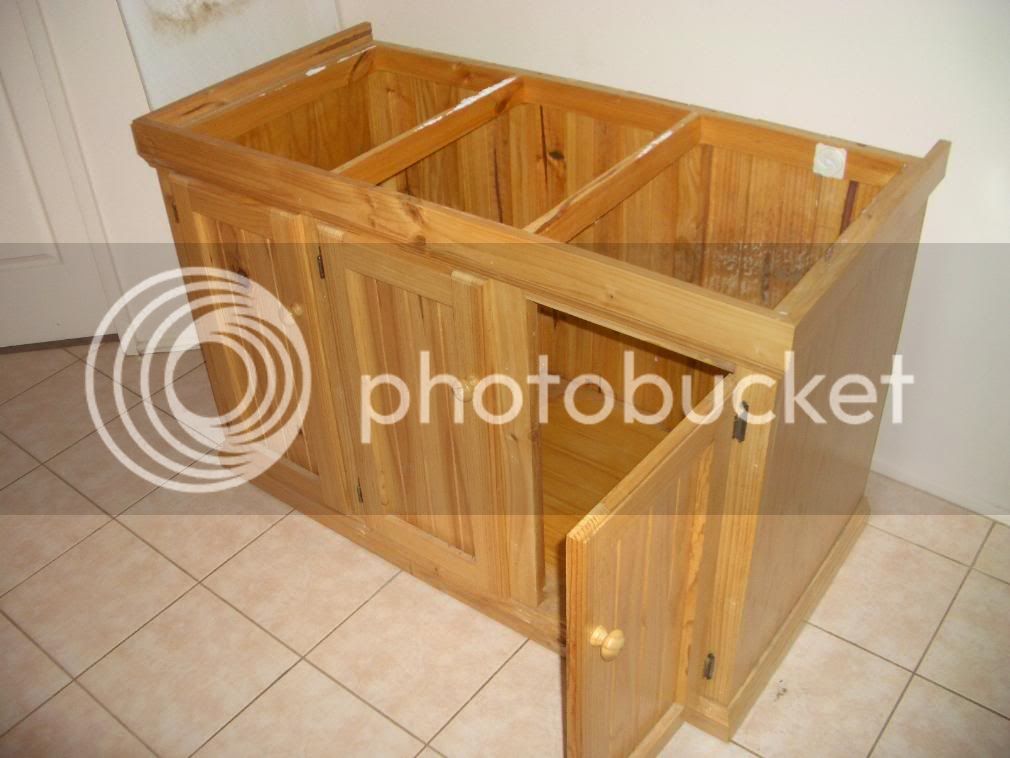
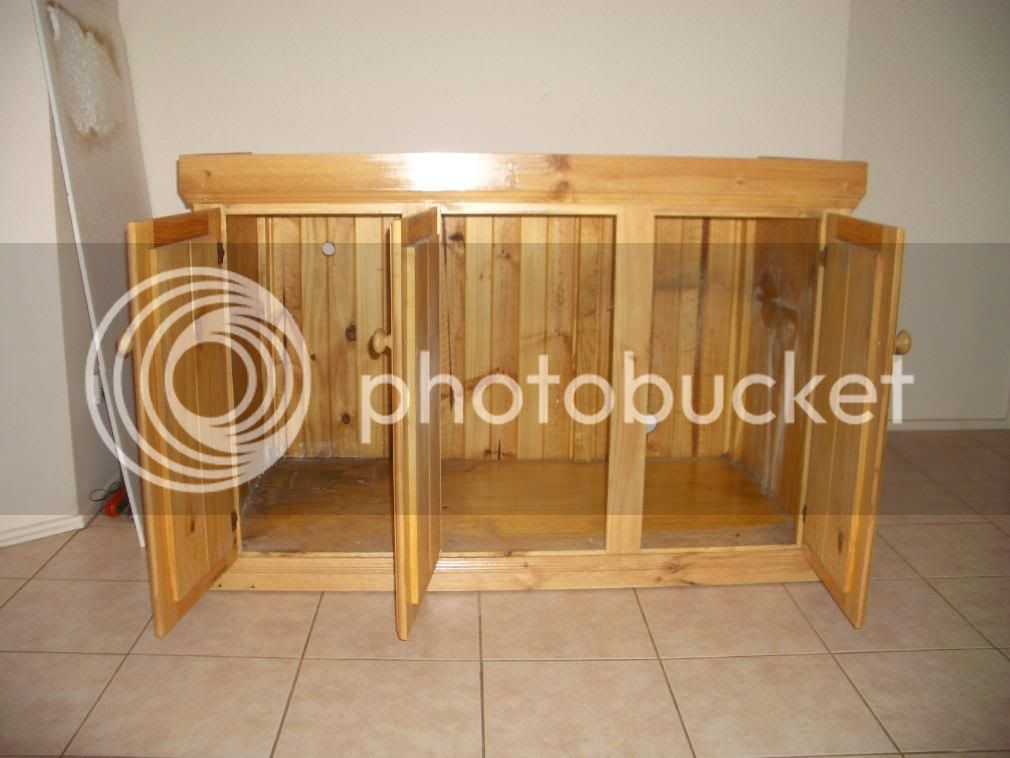
Some of the tools needed. Polystyrene sheets and brackets of various sorts.
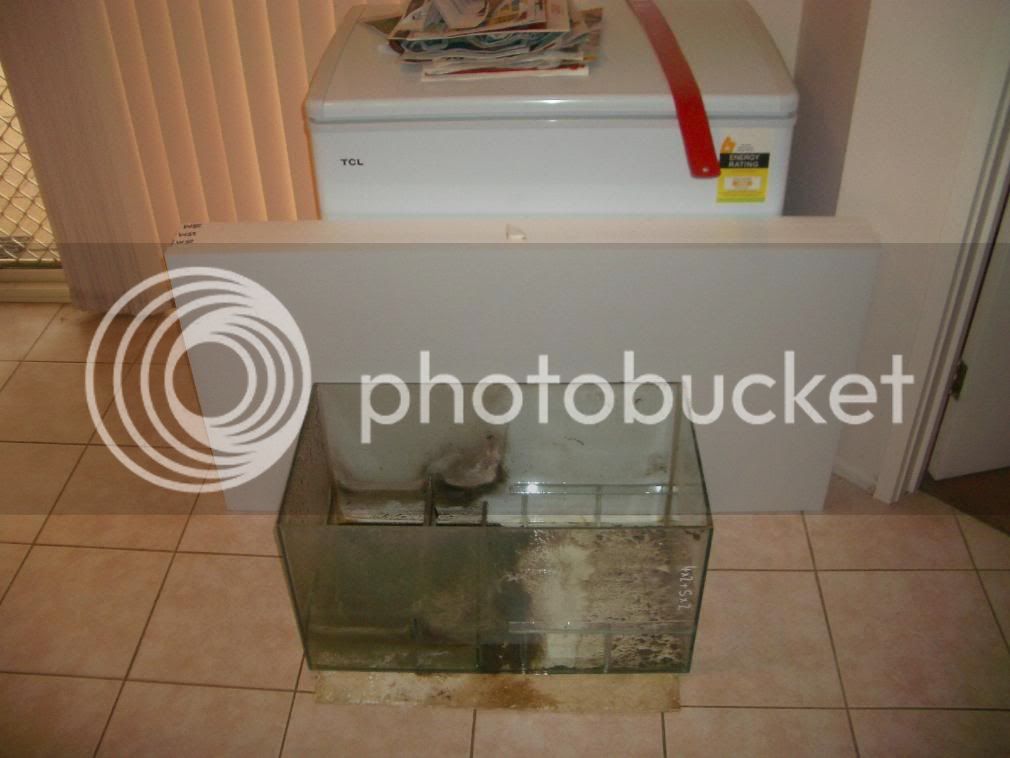
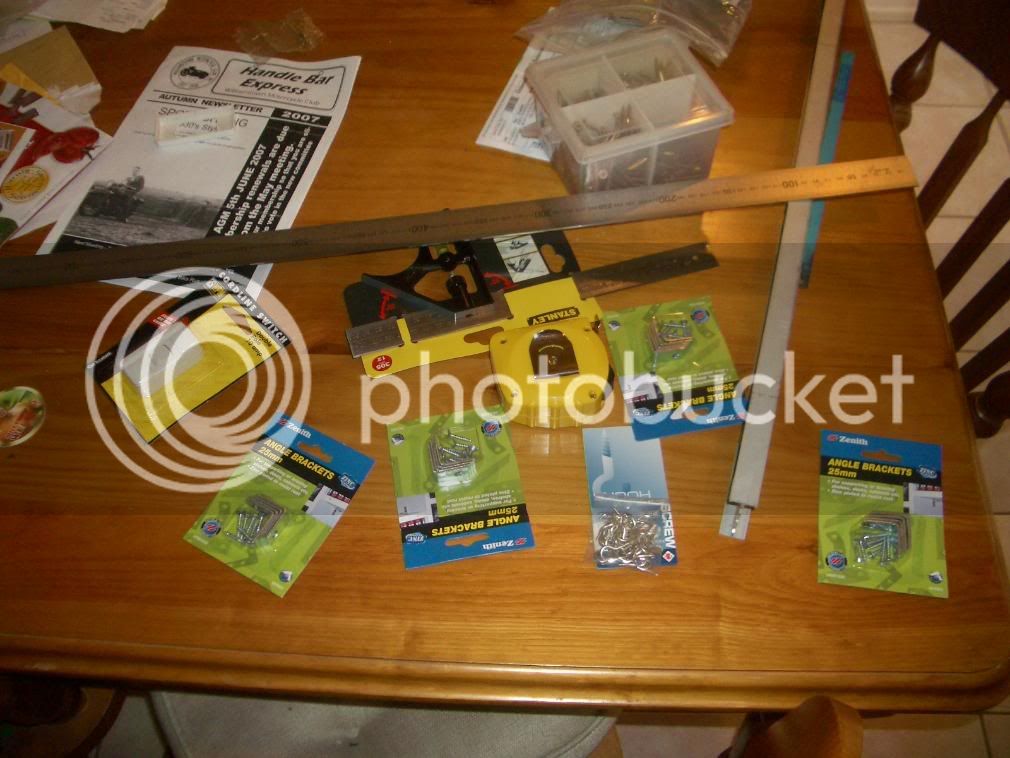
The next pictures show the measuring and cutting of the insulation to fit in the cabinet. As well as the process for putting the racks in.
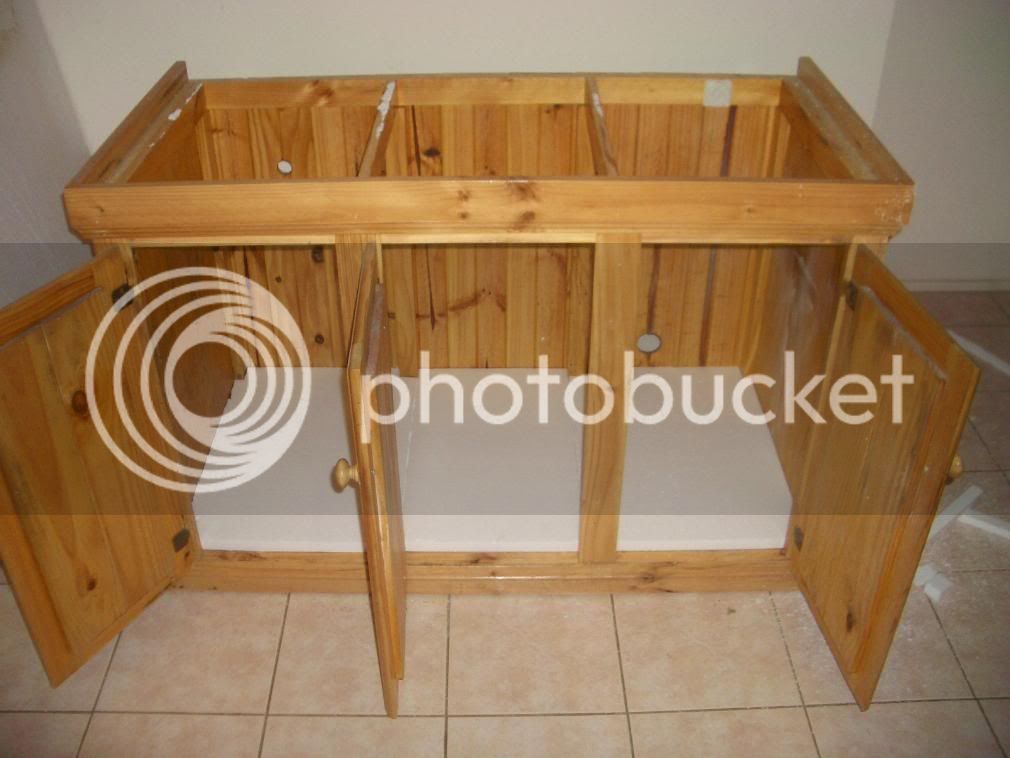
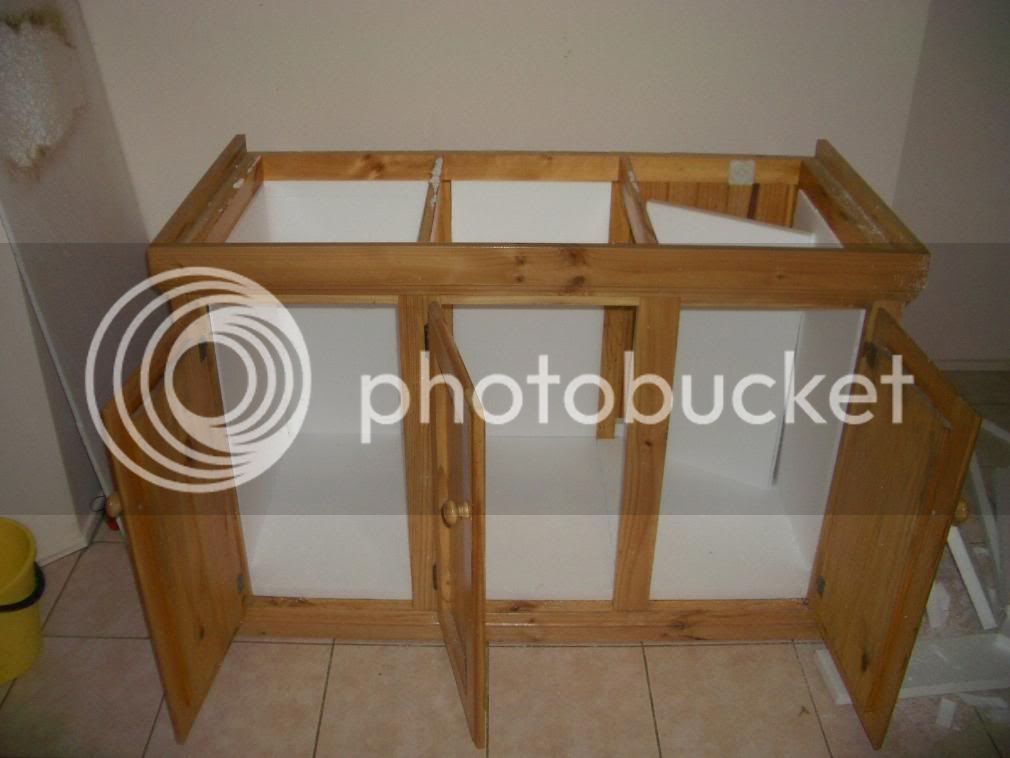
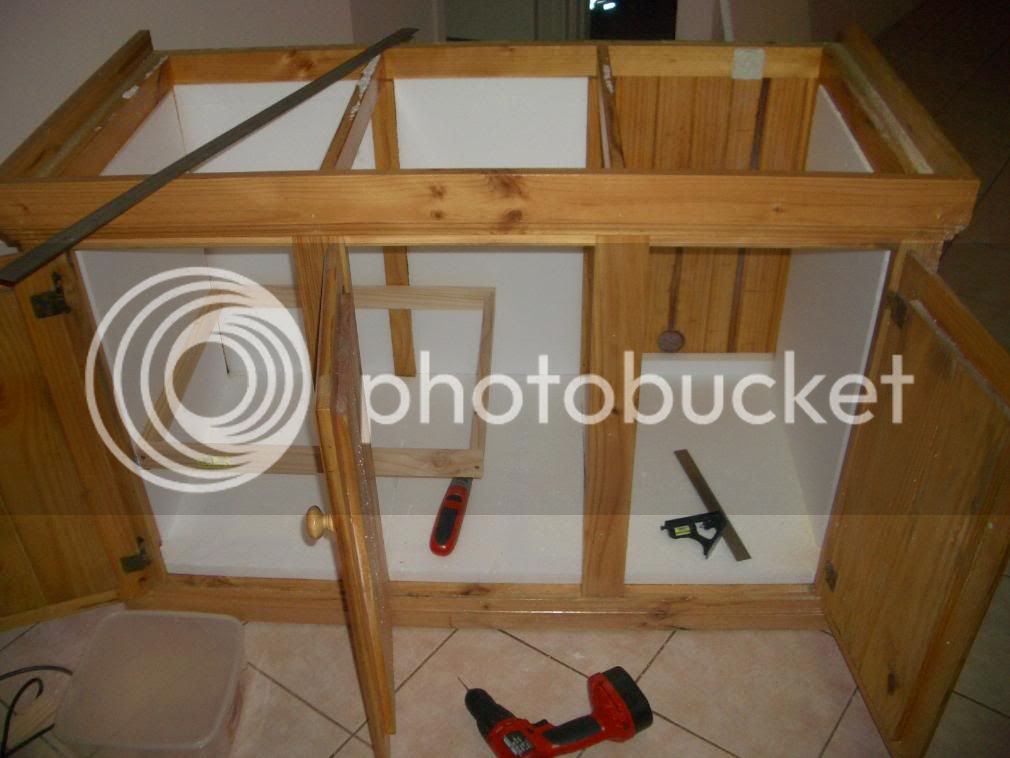
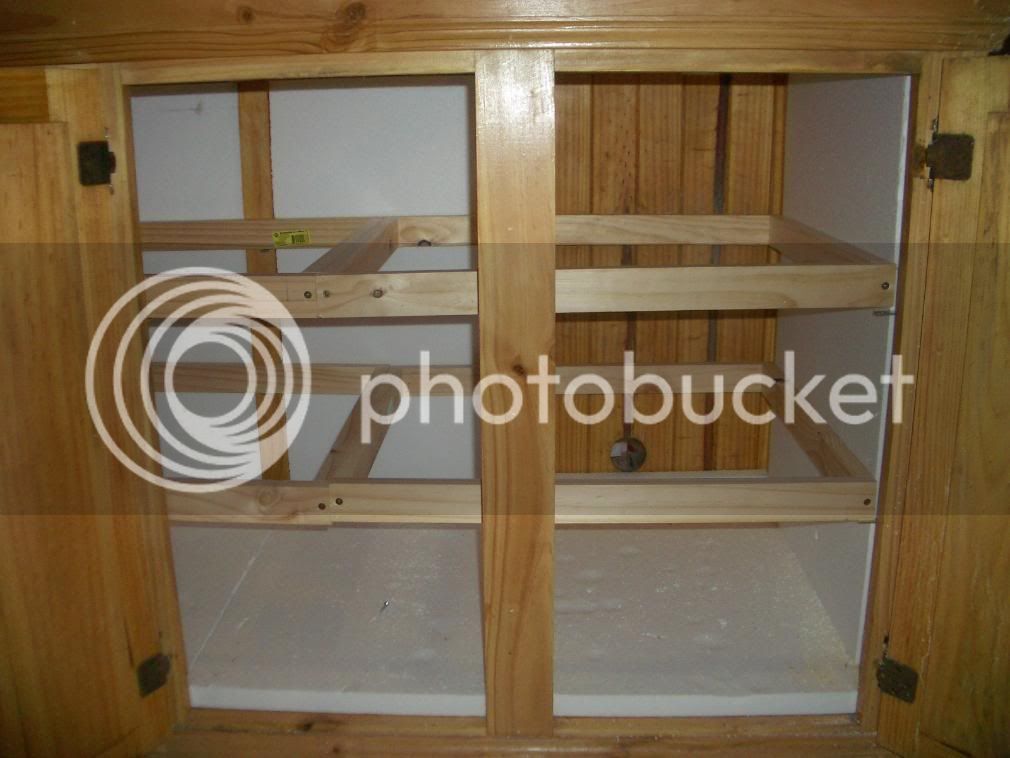
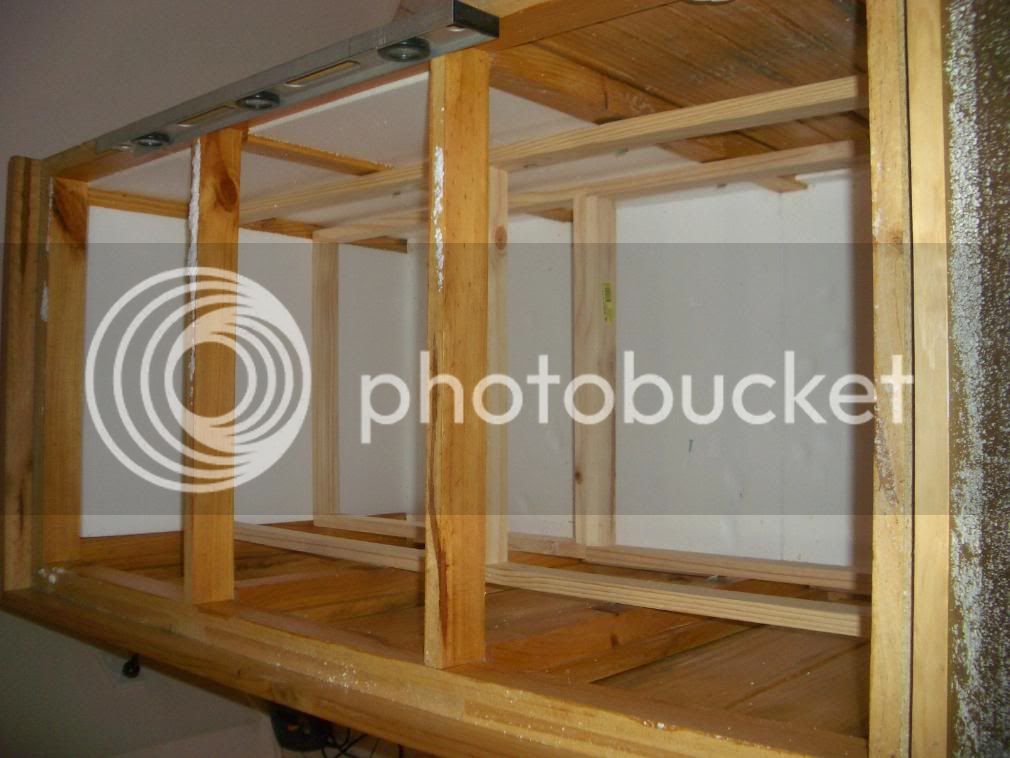
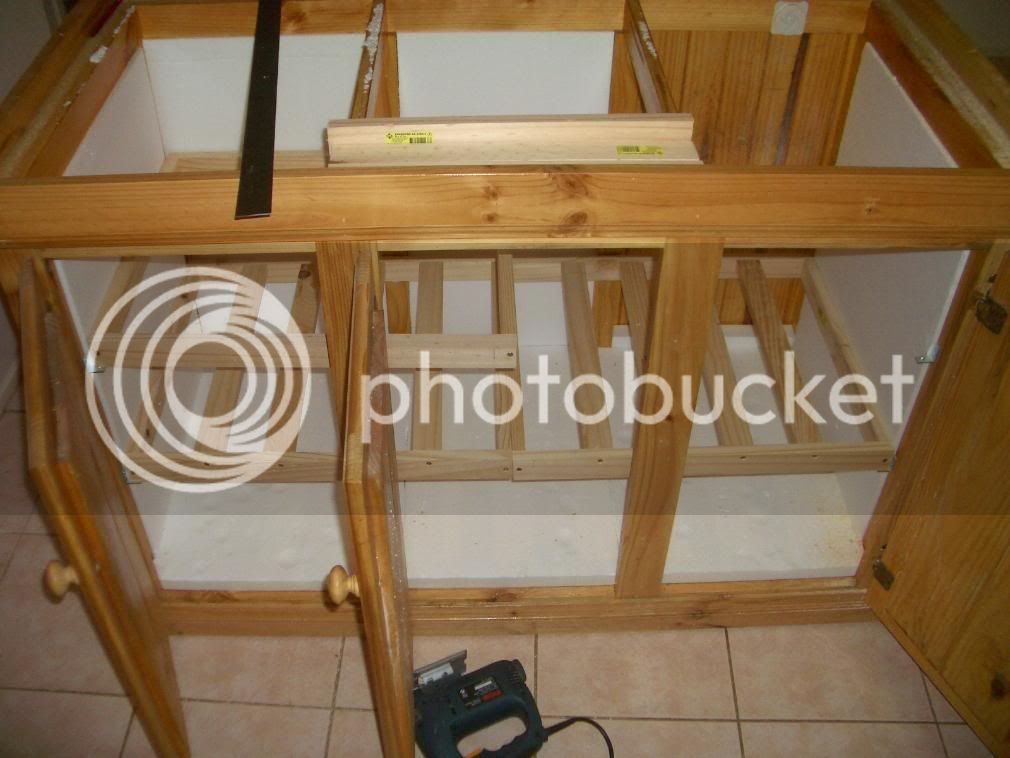
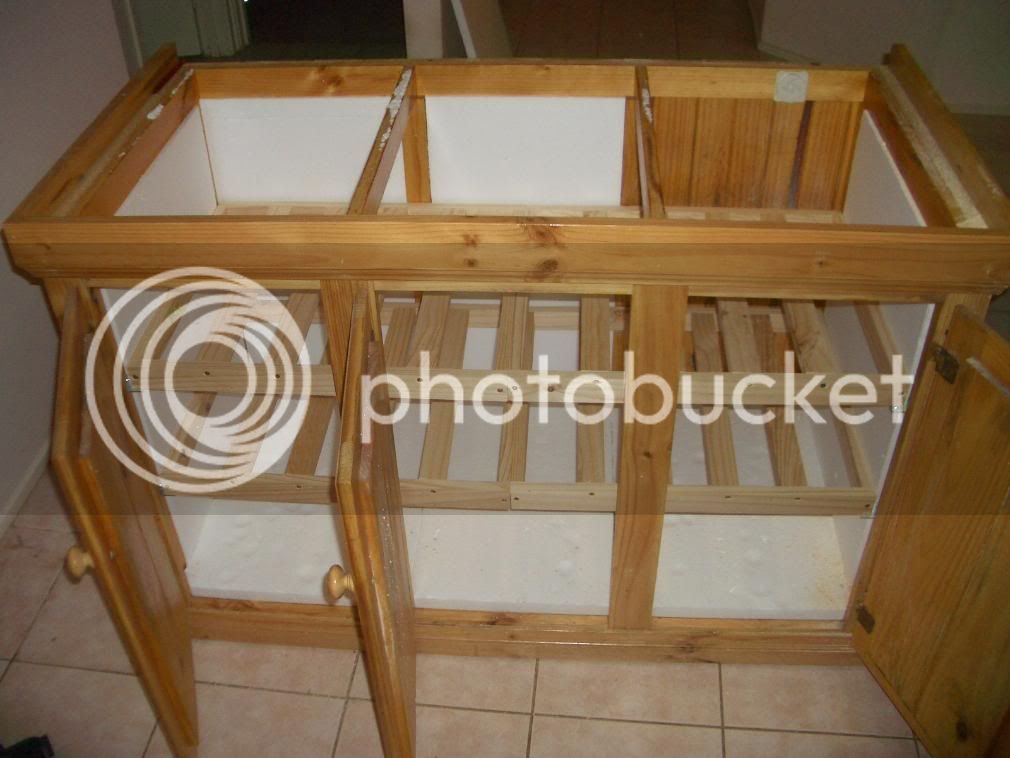
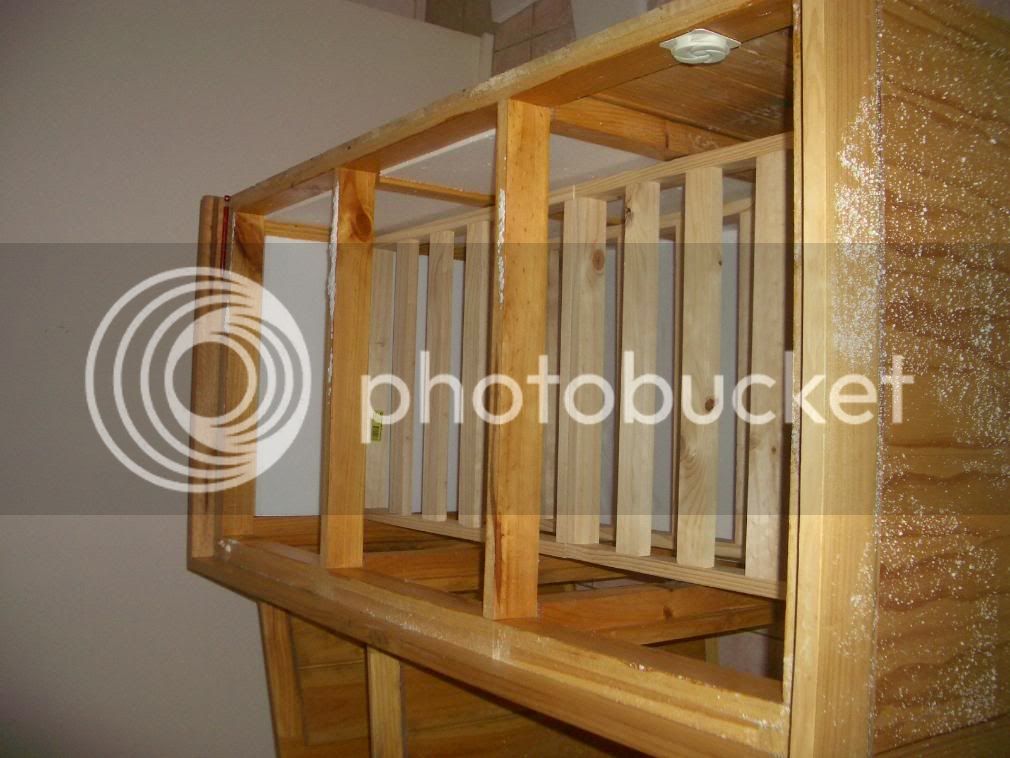
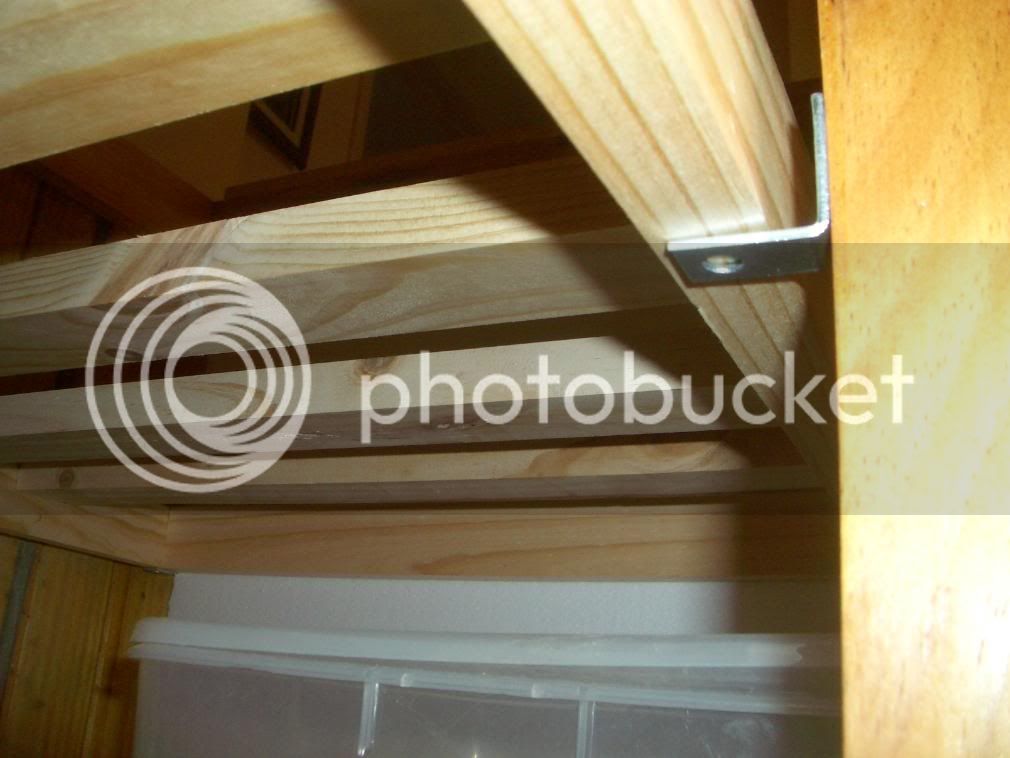
Once all the insulation and racks are in, its time to put some of the electricals in. Heres some photos showing the lights, fan and heat cord installed.
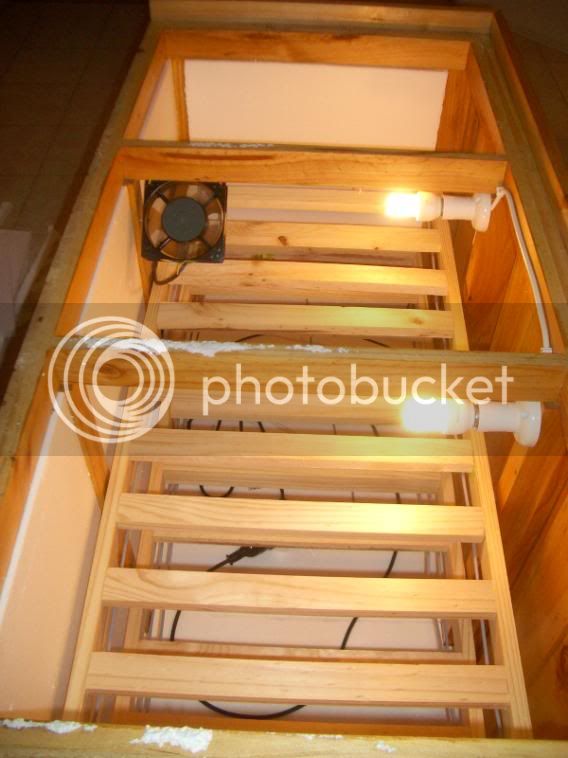
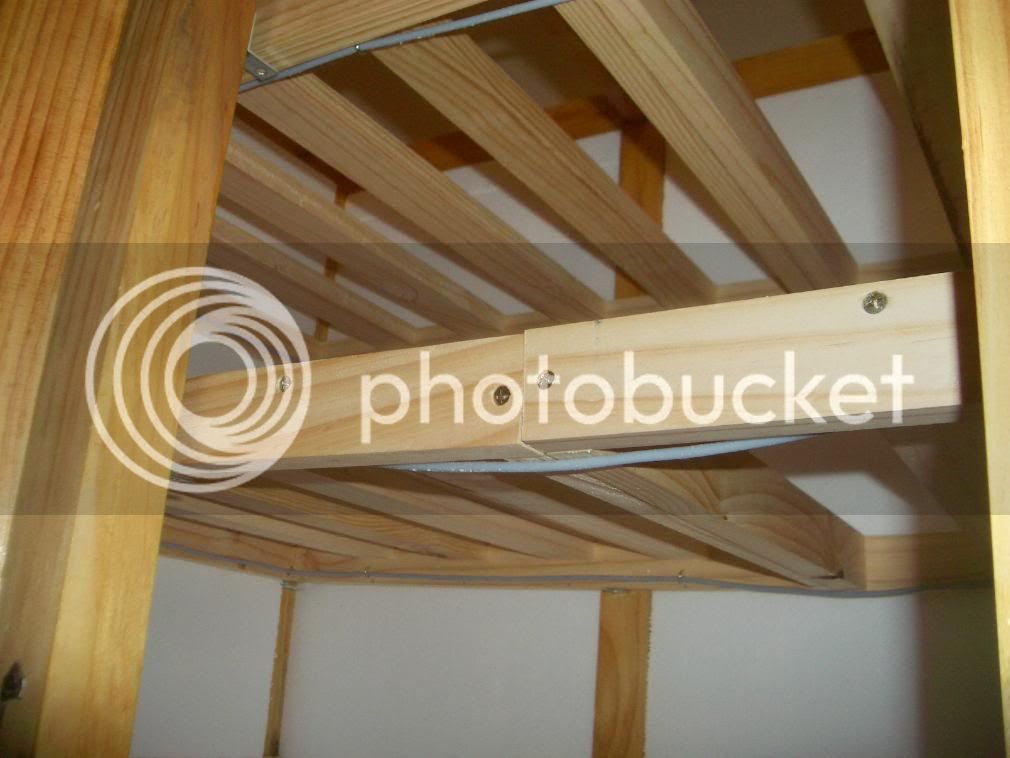
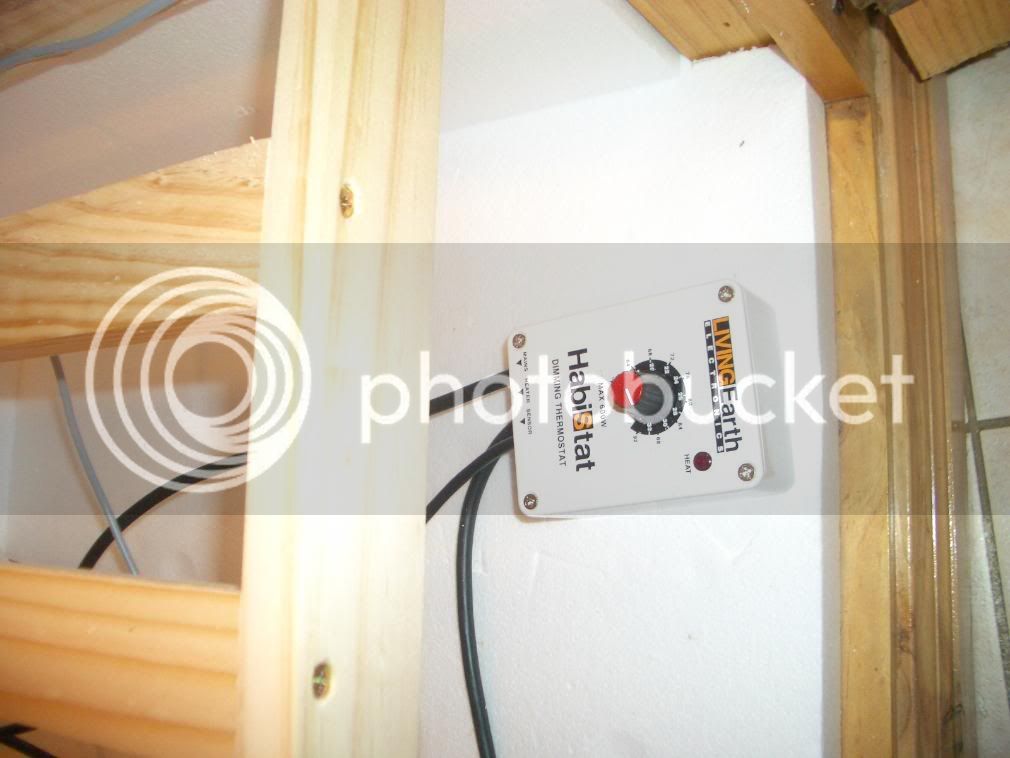
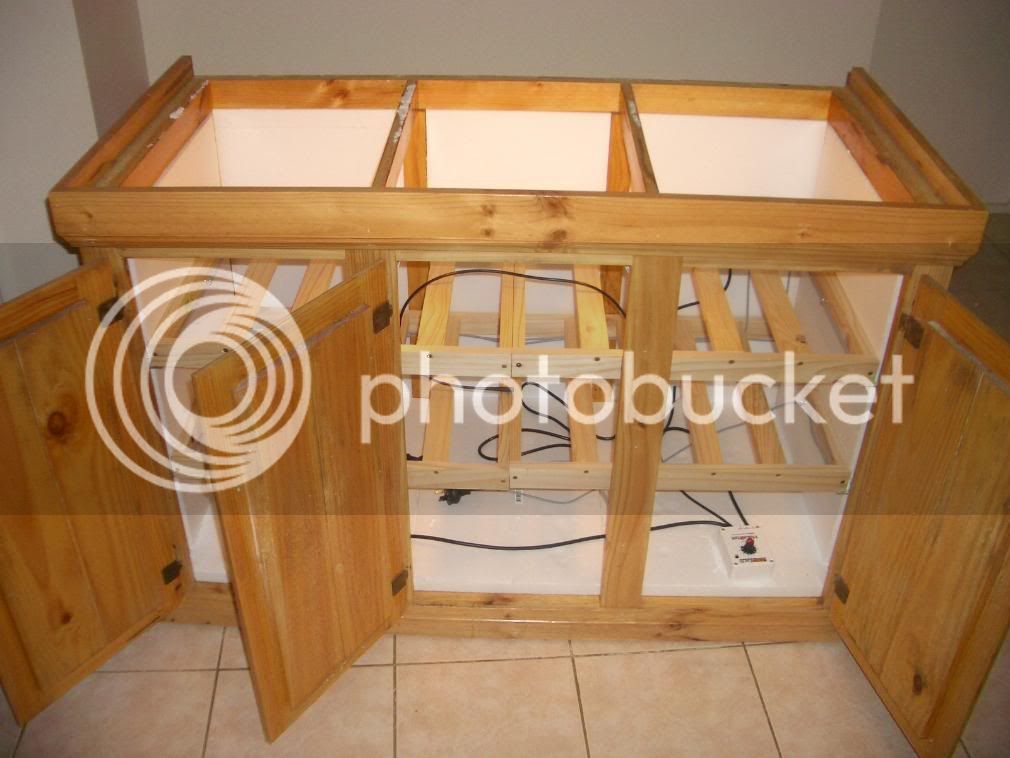
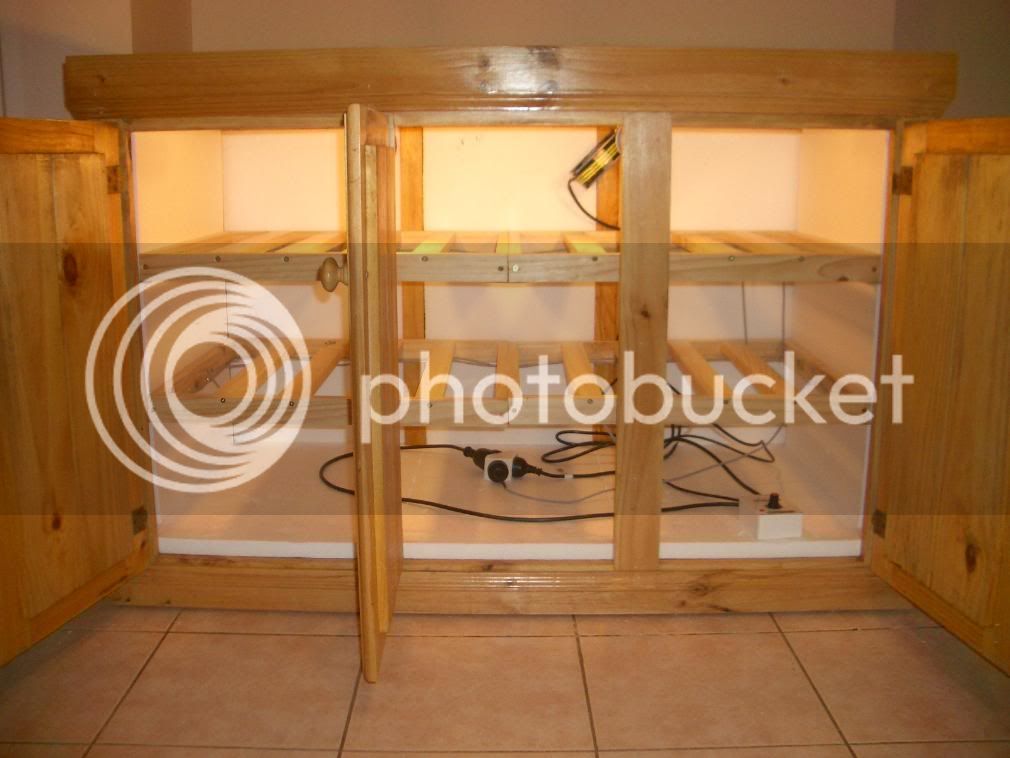
Ok so its now almost done. Insulation, Heat, light. Now all we need is the tank on top.
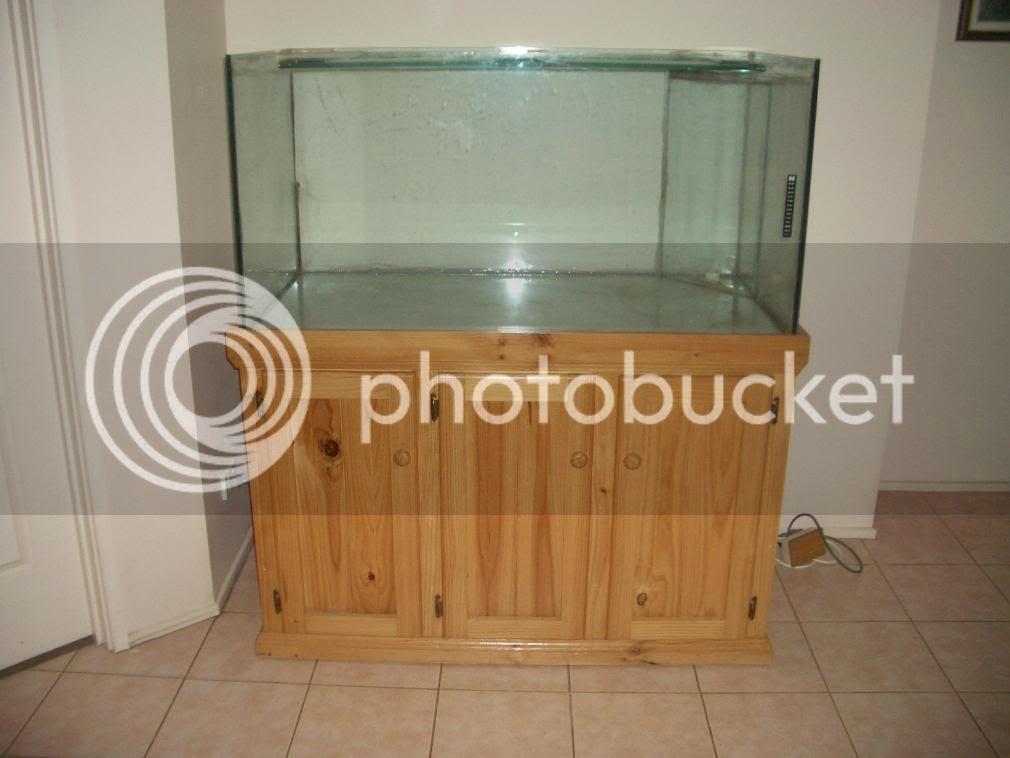
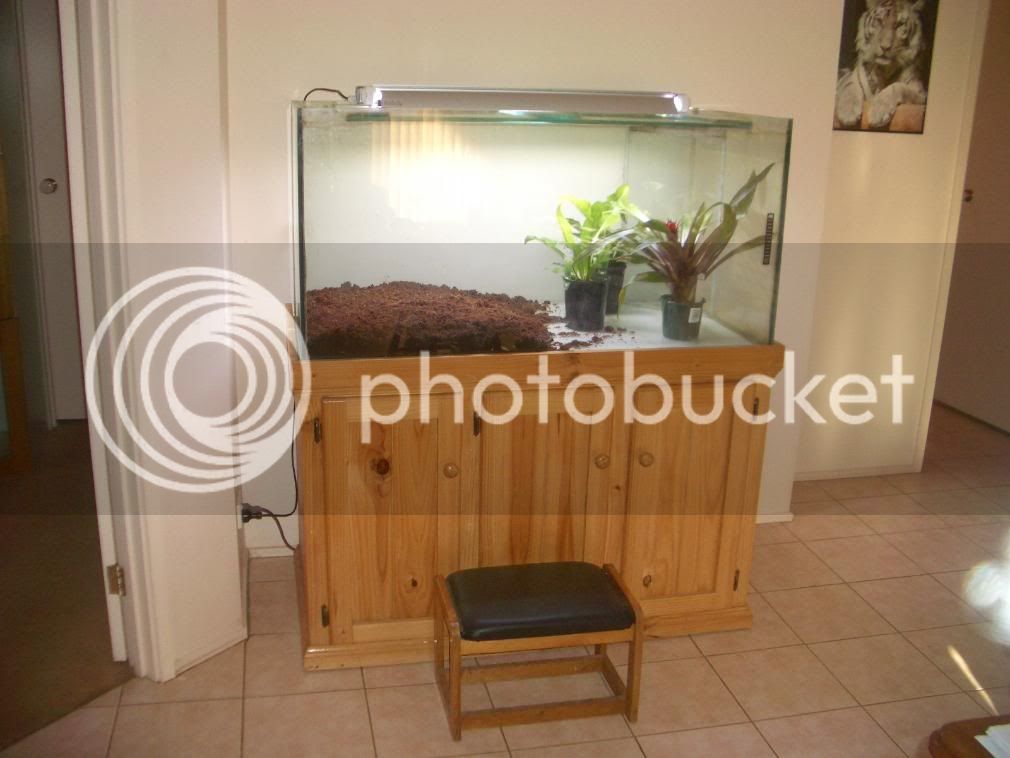
Now the tank is on top, its time to start filling it up with some plants. The substrate used is peat, and most of the plants are going to be bromeliads, ferns, epiphytes, and Tilandsias.
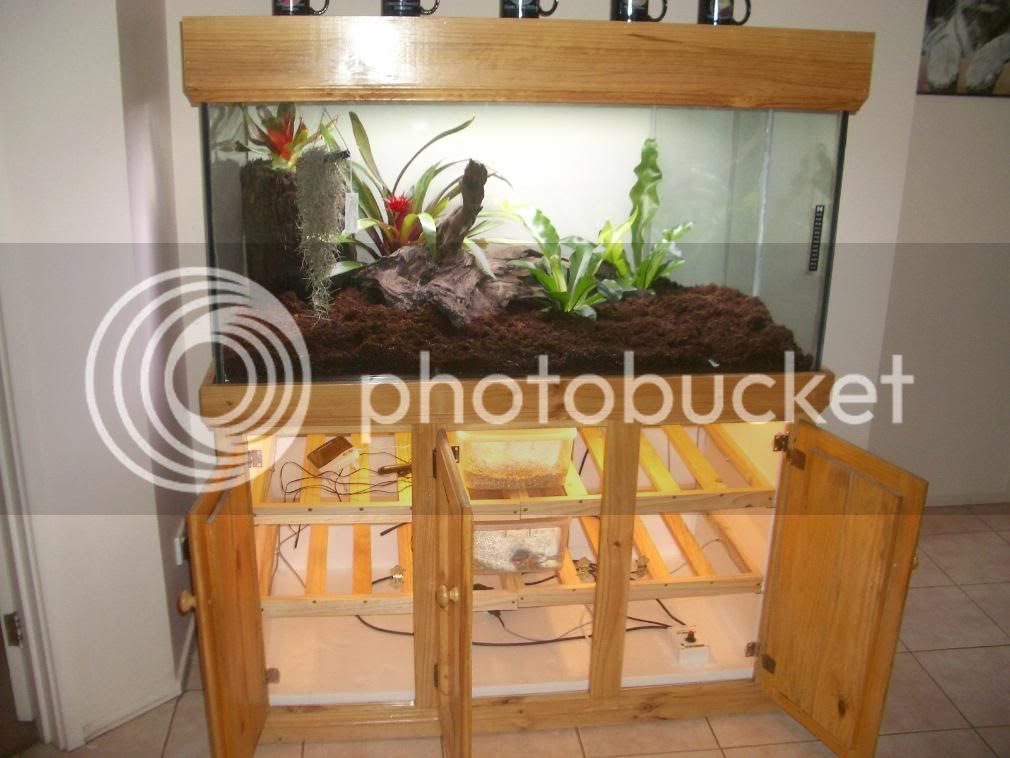
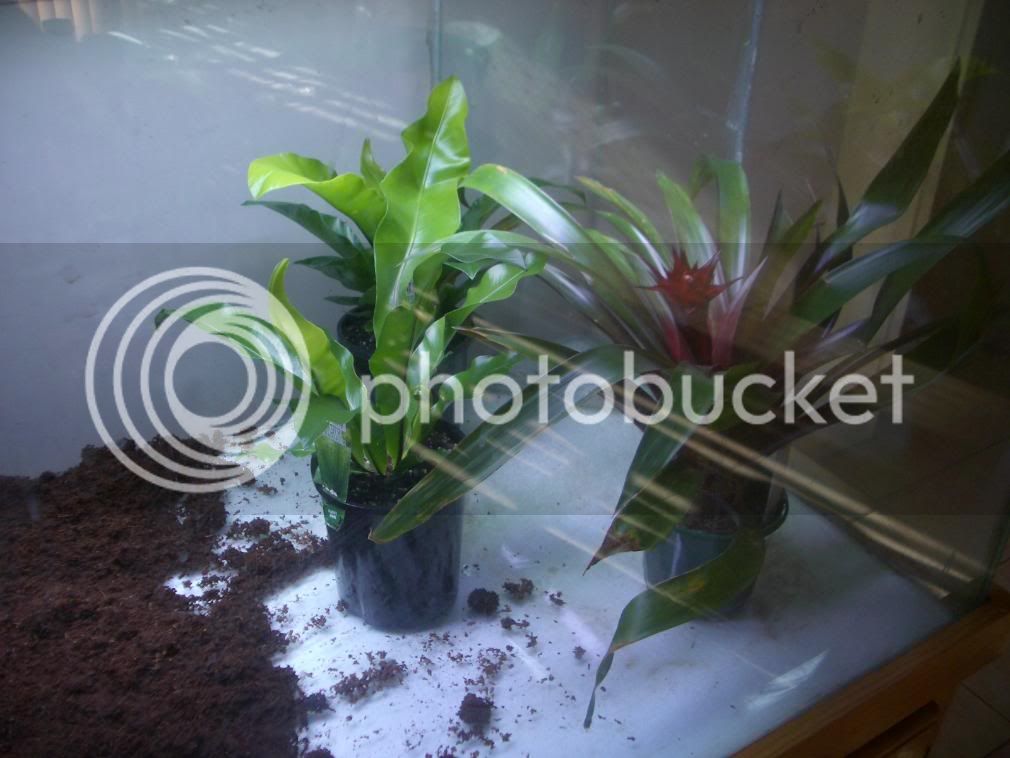
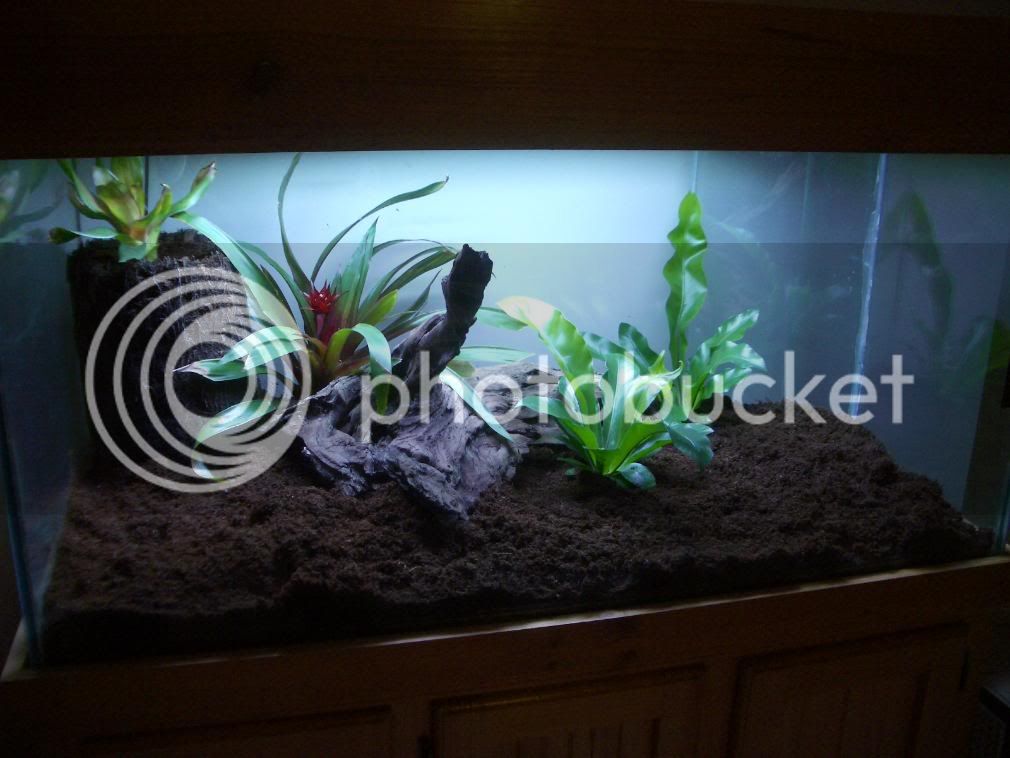
But one last thing before we go. Some perspex (acrylic) sheets are used for viewing doors, so that we don't let all the heat escape when we want to view whats goin on inside the incubator.
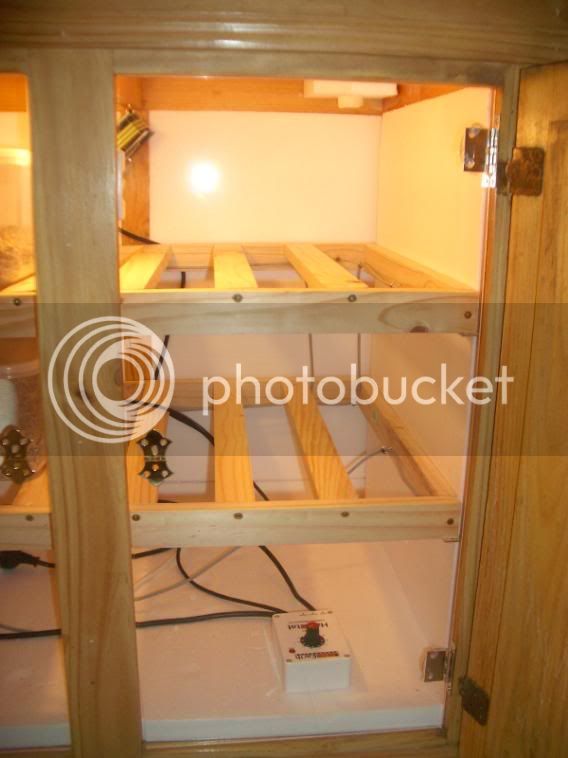
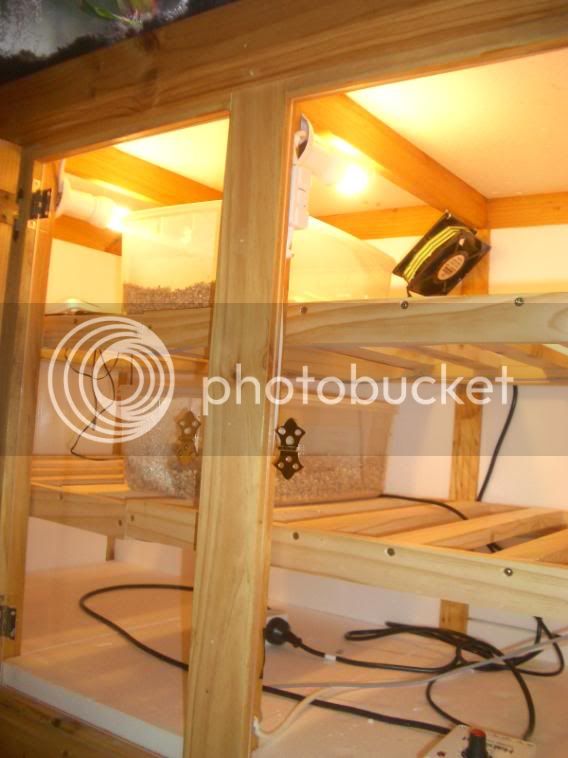
And now we come to the completed product. Most of the plants are in. and the incubator is up and running, set at a very constant 31degC.
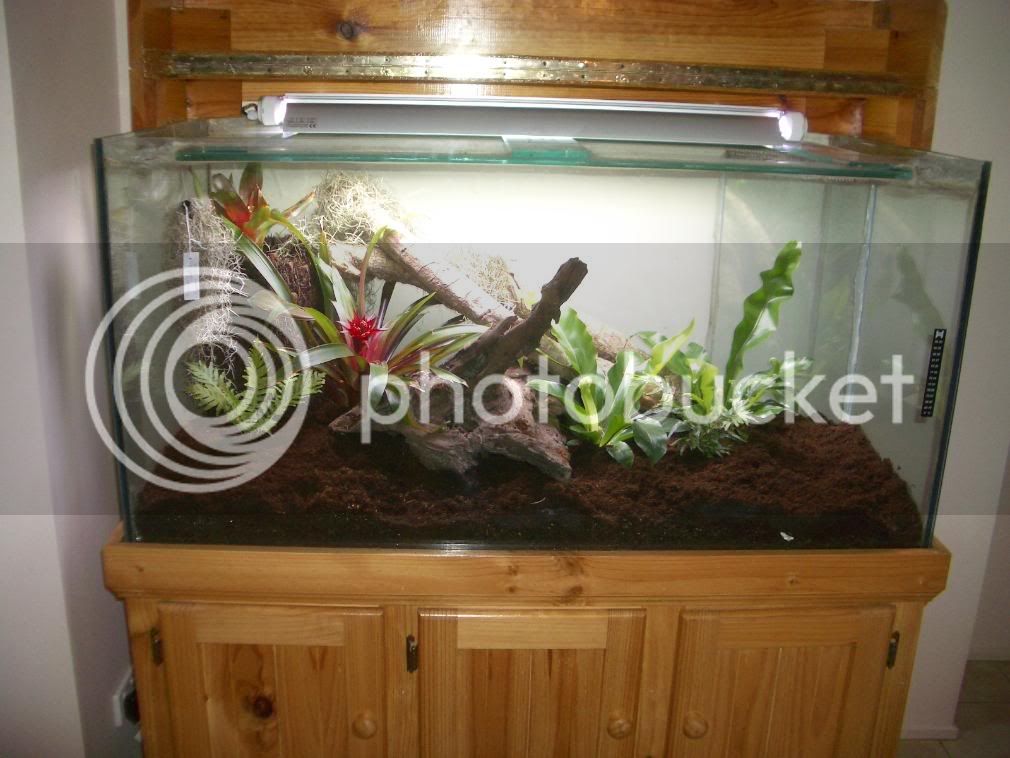
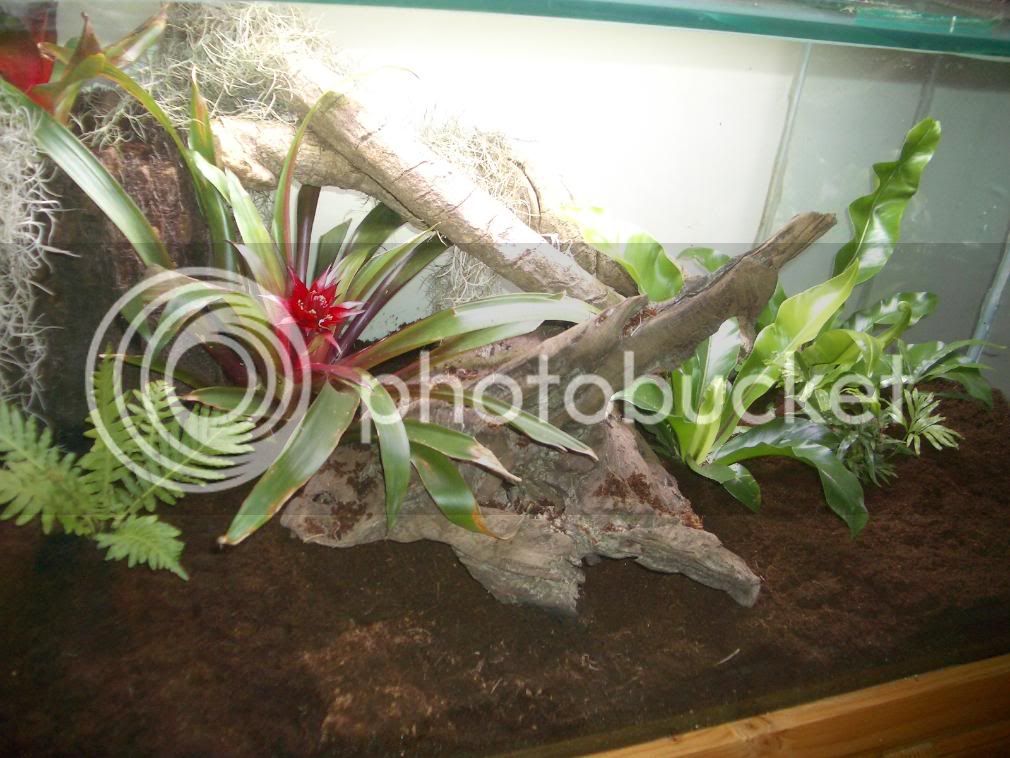
Now that it is all done, Im hoping to get hold of some juvenile Southern Angle headed dragons to top the vivarium off.
Thanks for looking guys. I'll post some more info when things progress.
Cheers Rossco.
I haven't posted on here for a while as I have been busy with travelling and setting up a few new things. One of these things just happened by accident. To sum it up, one of my fishtanks decided to burst and was henceforth no good for holding fish. So I decided to turn it into a vivarium with the bottom cabinet turned into an incubator.
I thought I would document it so if anybody else wanted to steal some ideas they could. Well here goes.
Equipment needed-
1 broken fish tank ( silicon got a bit old, so new silicon to seal everything up)
1 tank cabinet in good order
9 metres of heat cord
1 habistat dimming thermostat
1 dick smith 240 volt cooling fan (12cm)
1 light switch, with 2 batton holders with energy saving bulbs
4 sheets of polystyrene insulation
however much wood you need to build frame
3 sheets of acrylic
numerous brackets, hinges, and screws.
and of course the usual tools, drill, screwdriver, level, etc.
First off the cabinet.


Some of the tools needed. Polystyrene sheets and brackets of various sorts.


The next pictures show the measuring and cutting of the insulation to fit in the cabinet. As well as the process for putting the racks in.









Once all the insulation and racks are in, its time to put some of the electricals in. Heres some photos showing the lights, fan and heat cord installed.





Ok so its now almost done. Insulation, Heat, light. Now all we need is the tank on top.


Now the tank is on top, its time to start filling it up with some plants. The substrate used is peat, and most of the plants are going to be bromeliads, ferns, epiphytes, and Tilandsias.



But one last thing before we go. Some perspex (acrylic) sheets are used for viewing doors, so that we don't let all the heat escape when we want to view whats goin on inside the incubator.


And now we come to the completed product. Most of the plants are in. and the incubator is up and running, set at a very constant 31degC.


Now that it is all done, Im hoping to get hold of some juvenile Southern Angle headed dragons to top the vivarium off.
Thanks for looking guys. I'll post some more info when things progress.
Cheers Rossco.




